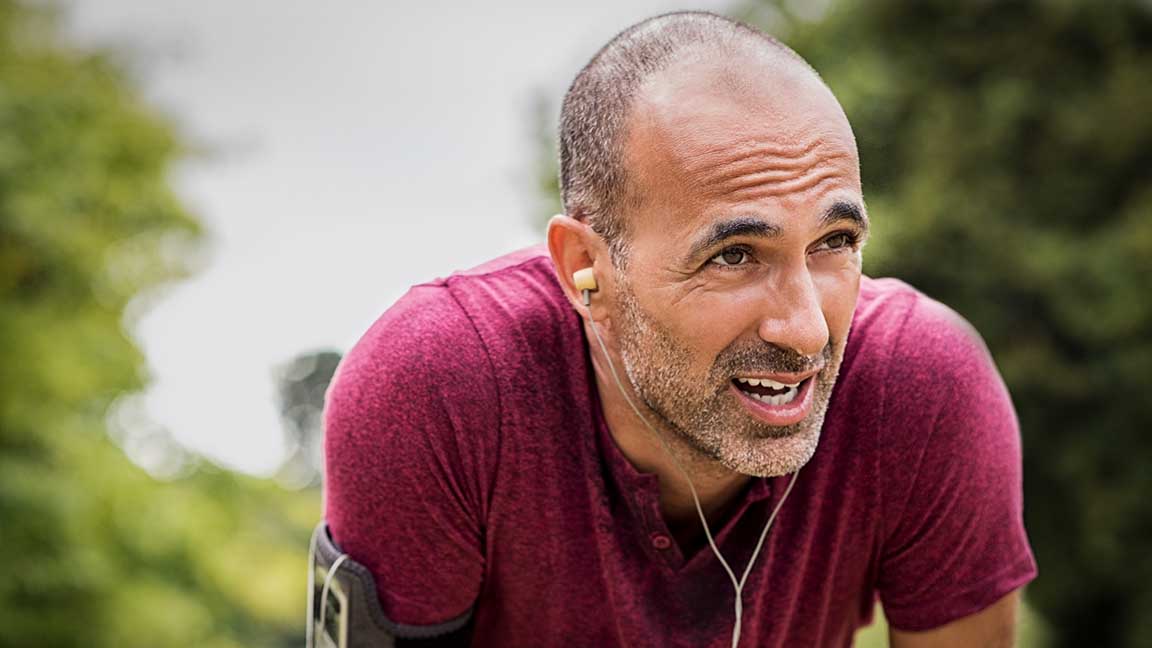If you’re an average, healthy adult, walking is so basic to your daily life you probably don’t even think about how you’re doing it. It’s an activity you mastered during your toddler years and never gave another thought to. The same goes with running — it’s ingrained.
But the truth is, your body may not be performing either activity optimally. Just because you’re getting from point A to point B doesn’t mean you’re doing so properly or efficiently. A number of range-of-motion issues, including joint stiffness and muscle weakness or tightness, can impact your gait (pattern of movement), thus increasing your risk of injury and decreasing your athletic performance.
Such problems — or potential problems — can be identified through a process known as gait assessment. During this exam, a physical therapist such as Michelle Sine at Tidelands Health Rehabilitation Services at Myrtle Beach, can look for biomechanical abnormalities that can affect a person’s gait.
“Put simply, a gait assessment is an analysis of how a person moves over ground,” says Sine, who specializes in helping runners and fitness walkers improve performance. “We look at how the parts of the patient’s body are moving in relationship to one another. This can help us figure out if there’s an issue that might be contributing to a recurring injury or increasing the likelihood of a new injury.”
The process
A gait assessment is typically performed on a treadmill where the physical therapist will watch the patient walk at different paces and inclines. The test can also take place outside of a clinic so that the patient’s gait can be evaluated as he or she walks over different types of terrain, such as gravel or sand. Occasionally, a pressure-mapping system is also used so that the pressure of the foot on the ground can be tested.
Sine explains that during an assessment she will sometimes record a patient and then slow the video down to get a better look at certain elements of his or her gait, such as how the foot hits the ground, how the knee moves over the ankle or how the hip moves over the knee.
“The way we assess the patient depends on whether they’re healthy or have an ongoing injury,” says Sine. “If the patient is healthy, I want to identify any areas where weakness might creep in. If the patient is dealing with injuries, I want to look at where that might be corrected. But in all cases, the goal is to fine-tune the patient’s pattern of movement.”
Not every walker or runner will require a gait assessment, but Sine says she recommends them for patients with “nagging” issues, and those who are switching activities or setting new fitness goals, such as race training.
“Based on the gait assessment, we can give advice on what will be most beneficial in helping you meet those goals and progress into your new program,” she says.





